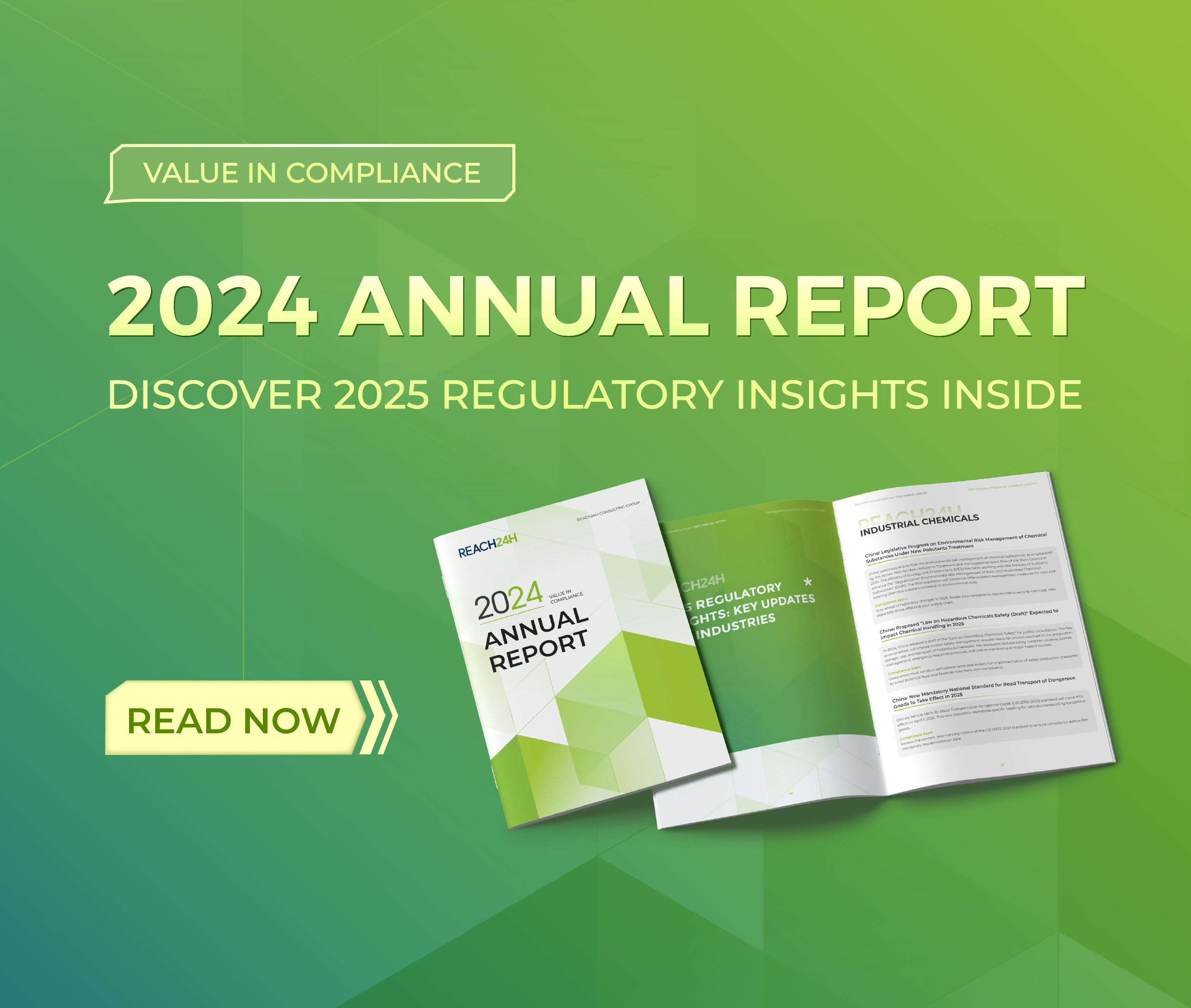China MoH Released GB 2762-2012 Limiting Chemical Contaminants in Food
The contaminants restricted in food in this standard refer to hazardous chemical substances which are generated during the whole process from production, processing, packaging, storage, transport, sale to eating, introduced from the polluted environment or added unintentionally. Residues of pesticide and veterinary drugs, biological toxins and radioactive substances, which have been regulated by other standards are excluded.
The new standard specifies the maximum quantity of 13 contaminants in more than 20 types of food, such as cereals, vegetables, fruit, meat, aquatic products, condiments, beverages, alcoholic products and so on.
Compared with GB 2762-2005, this new standard cancelled and added maximum allowable contents forsome chemicals specified below:
| GB 2762-2005 | GB 2762-2012 |
|
The same |
|
Deleted |
Newly-added:
|
Mr. Wu Yongning, an expert from China National Center for Food Safety Risk Assessment, highlighted that the maximum level of Polychlorinated biphenyls is increased from 0.2 to 0.5 mg/kg and the limit of Cadmium in rice is still 0.2 mg/kg, higher than the international level of 0.4 mg/kg
The standard also stresses the principle that even though a contaminant is not limited by this standard, the manufacturers should take some measures to keep it at the minimum level for the consumers’ health benefit.
Please be noted that this article originates from the Chemlinked, for more information you may also visit www.chemlinked.com


